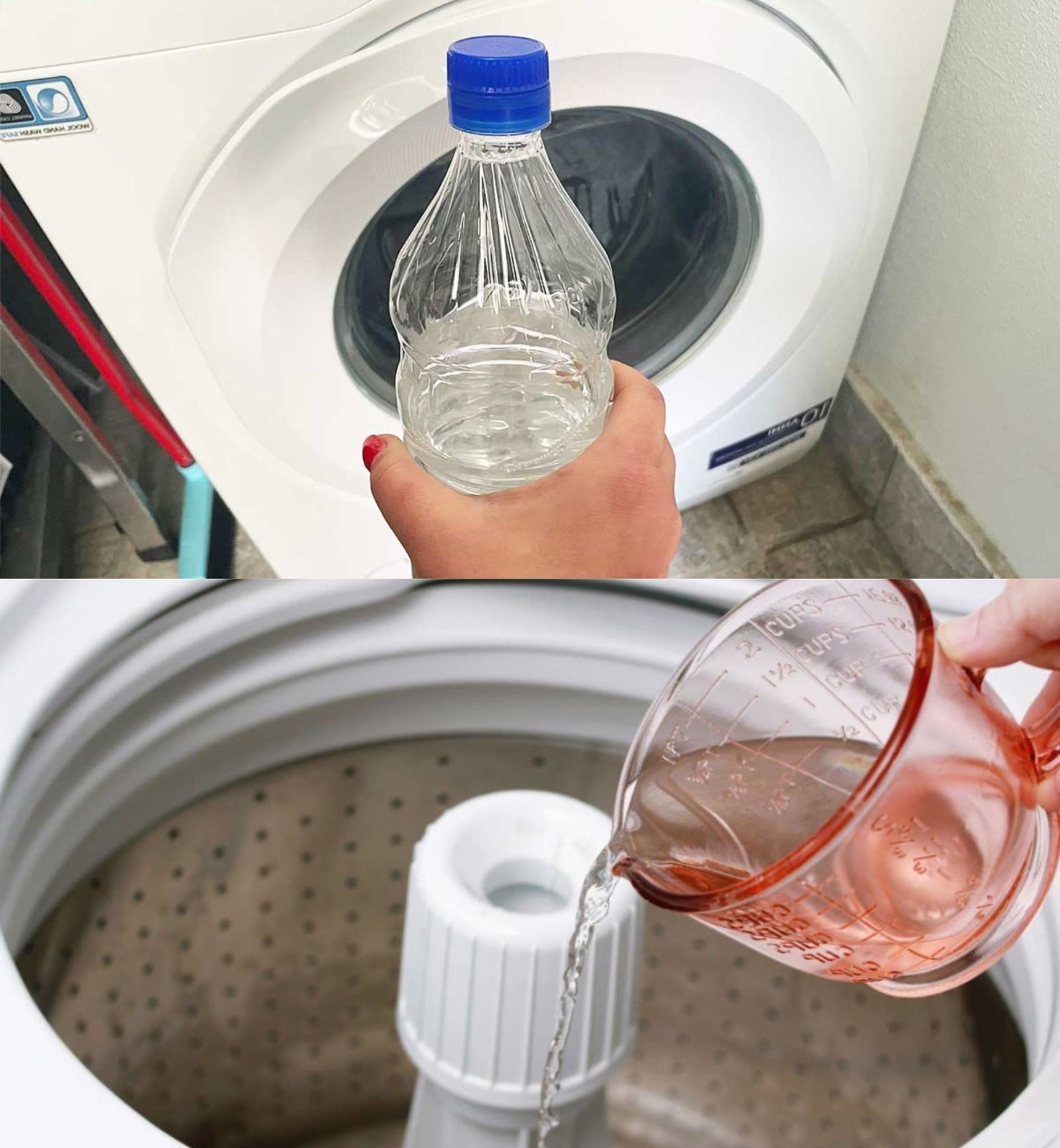Make sure the drum is clean before using the white vinegar to clean the washing machine. After spraying the filler, use a moist microfiber cloth to remove any excess. This spot collects a variety of contaminants, including water, soap residue, and mold, so keeping it clean is essential.
Set the washing machine to the highest possible water temperature and level.
Transfer two measuring glasses of white vinegar to the fabric softener container.
Make the machine idle.
Put half a glass of bicarbonate into the basket and start a second vacuum and high temperature cycle.
Once the cycle is complete, wipe the drum of the machine with a moist, clean towel.
If you’d want to get two things done at once, you may also paint the outside of the automobile.
By following this method, you may effectively eradicate mold, germs, and unpleasant odors from your appliance. You can keep your energy bill in check by keeping your washing machine clean and clear of limescale, which reduces the likelihood of failures. Additionally, this is how we extend the machine’s lifespan.
You may say goodbye to worries about your vehicle and laundry thanks to the many benefits! Isn’t he bright?
When cleaning a washing machine, how much white vinegar is recommended?
For Ingredients And Complete Cooking Instructions Please Head On keep on Reading (>)
To clean the washing machine well, it is suggested to use half a glass of white vinegar. For each cycle that is empty, add it. Make this a routine to extend the life of your washing machine and save water and electricity.
The disinfecting and anti-limescale properties of sodium bicarbonate are obvious. This is still the case when using white vinegar, which is a crucial component for descale the washing machine… Close your eyes and focus on the steps below to ensure that your washing machine is constantly clean:
Coat the interior of the drum with a glass of baking soda.
After two minutes of an idle cycle at 90 degrees, stop the machine. After an hour, add one glass of white vinegar into the fabric softener compartment. Then, start another vacuum cycle at 90 degrees. If there is any leftover residue, this is how you may remove it.
Removing tough encrustations from the corners of the appliance (basket seals, glass, and exterior surface) may be done using a cloth soaked in white vinegar.
After that, just wipe it off with a dry towel and give it another rinse.
What is the best way to get rid of unpleasant washing machine smells?
For what kinds of loads may white vinegar be used in the washing machine?
White vinegar is an excellent natural disinfectant and washing detergent, in case you didn’t know. Apart from being an excellent substitute for fabric softeners, it takes great pleasure in maintaining your machine’s performance. White vinegar adds softness to your garments while keeping them in good condition, unlike the latter, which can harm your laundry if used too often. An eco-friendly action that not only saves money but also combines efficiency with environmental care. Easy, useful, and cheap!
Readers, remember that white vinegar is the greatest option for washing machine maintenance and that you should conduct this task often. You should only need to use it every two to three months to keep your equipment in good working order.
Maintenance of the washing machine – Frequently Asked Questions •
From where do foul odors emanate from washing machines?
Mold growth from detergent, incorrectly disposed of detergent residue, an unclean detergent drawer, a closed washing door, an obstruction in the filt
er, or an inadequate disposal system are the most common reasons for these problems.
In what ways may I clean my washing machine?
Simply wiping off the water intake and exit pipes, basket, gaskets, detergent drawer, and filter should do the trick.

